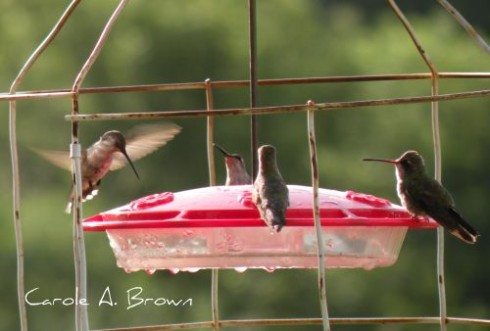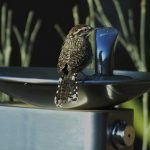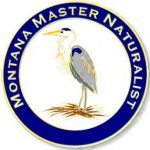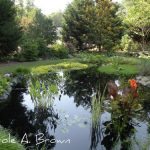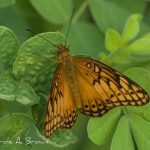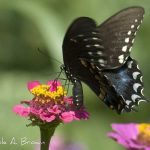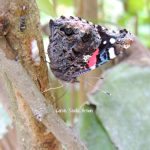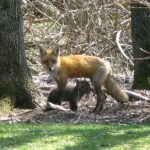I’ve been asked this question many times so I thought I’d answer it here so we can discuss it.
“We have national and state parks, wildlife refuges, Nature Conservancy properties, and many others. Isn’t that enough?”
In a word, no. Many national and state lands are subject to “multiple use” clauses, which may include logging, recreation, ATV and snowmobile use, hunting and fishing, and minereal extraction, plus pesticide spraying, and herbicide spraying to control invasive species.
When I visit my local wildlife refuge (John Heinz National Wildlife Refuge), located in the shadow of the Philadelphia airport, I am struck by how much it is a lesson in what NOT to plant. It has become invaded by many alien plant species, which are outcompeting any natives, such as Garlic mustard (Alliaria petiolata), Oriental bittersweet (Celastrus orbiculatus), Japanese stiltgrass (Microstegium vimineum), Phragmites (Phragmites australis), Multiflora rose (Rosa multiflora), Japanese honeysuckle (Lonicera japonica), Purple loosestrife (Lythrum salicaria), Mile-a-minute vine (Polygonum perfoliatum), Tree of heaven (Ailanthus altissima), and Norway maple (Acer platanoides).
The refuge spends a significant amount of its annual budget attempting to eradicate and control these plants, and the next year they have to do it all over again. And this story is repeated on protected lands across the country. We have all these protected lands and yet many species are still declining.
As we have chopped natural areas into smaller and smaller pieces, there is simply not enough protected habitats, and they are not large enough, to support the full range of this country’s biodiversity.
This is where your garden comes in. Your garden can become a stepping stone between these protected areas. When you plant a wide variety of native plants, you are creating habitats for critters whose homes have been destroyed by our need for constant development and tinkering with Mother Nature.
Take a visit to your local national wildlife refuge, state park, wildlife management area, or Nature Conservancy property. How many invasive plants do you see? How many native plants do you see? How many roads have been cut through the area? Are you seeing a lot of wildlife?
More From Ecosystem Gardening:
Submit your review | |
Helpful, as is the article about Norway Maple. I just bought a house that has a Norway Maple in the front (which was bare when I first looked at the house, and is now lush but also has about a dozen seedlings coming up around it), and a loathsome Tree of Heaven in the back (which is sprouting up seedlings all over the property). I was already cursing the seller for making terrible remodeling choices inside the house, and now that I've learned what hell they unleashed on the yard I am wishing I'd bid lower on the house to make up for the money and time I'm spending getting rid of these invasive species!

